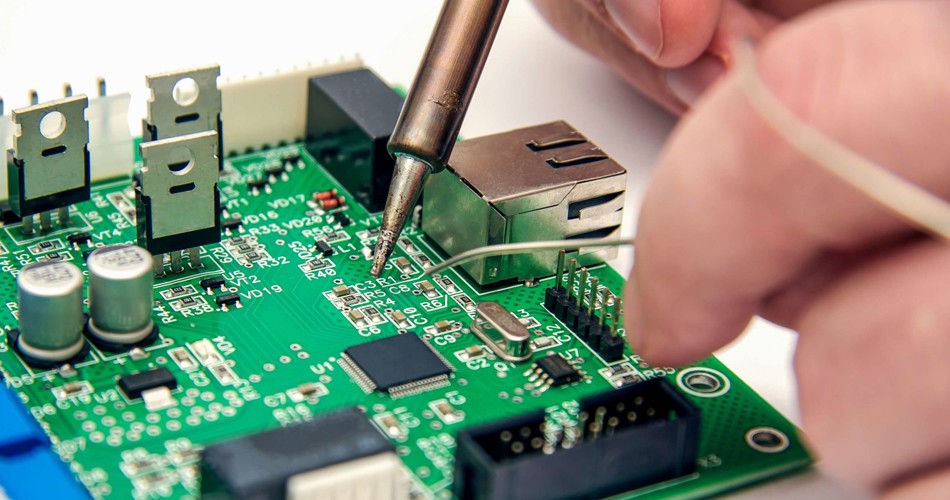Main welding standards and specifications for electronic welding technology
Date:2024-09-26 15:00:00 Views:3377
Electronic Welding TechnologyIt is an important process to ensure reliable connection of electronic components. Welding standards typically involve multiple aspects, including welding processes, material selection, welding quality, and testing. Here are some of the main welding standards and specifications:

1. Welding process standards
· IPC-A-610This is an international electronic industry standard that specifies acceptable quality standards for electronic assembly, including the appearance of welding, the shape and size of solder joints, etc.
· IPC-J-STD-001This standard covers the materials, processes, and quality requirements for welding, and is applicable to the welding of electronic components.
· ISO 9001Although it is not a standard specifically for welding, it is implementedISO 9001 can improve the overall quality management system, ensuring the standardization and traceability of the welding process.
2. Welding Material Standards
· Solder standardThe selection of solder should comply with relevant standards, such asRoHS (Restriction of Hazardous Substances Directive) and REACH (Registration, Evaluation, Authorization and Restriction of Chemicals) are used to ensure environmental protection and safety.
· Flux standardChoose appropriate soldering flux to ensure compatibility with solder and compliance with relevant safety and environmental requirements.
3. Welding Quality Standards
· Solder joint qualityThe solder joints should be uniform, smooth, free of defects such as virtual soldering, short circuits, and cracks.
· Welding strengthThe mechanical strength of welded connections should meet the design requirements and is usually evaluated through methods such as tensile testing.
4. Testing standards
· Visual inspectionVisually inspect the appearance of the solder joints to ensure compliance with standard requirements.
· X-ray inspectionFor surface mount components(SMD), X-ray inspection technology can be used to check for internal defects in solder joints.
· Peel off testPerform peel testing on solder joints to evaluate their mechanical strength and reliability.
5. Welding Environment Standards
· CleanlinessThe welding environment should be kept clean to avoid dust and impurities affecting the welding quality.
· Temperature and humidity controlThe temperature and humidity during the welding process should be controlled within an appropriate range to ensure the welding effect.
6. Training and Certification
· Operator trainingWelding operators should receive professional training and be familiar with welding processes and standards.
· Welding process certificationEnterprises should obtain relevant welding process certifications to demonstrate their welding capabilities and quality control levels.
summary
Following the above standards and specifications can effectively improve the quality and reliability of electronic component soldering, ensuring the performance and safety of the final product. In practical applications, combining industry standards with the company's own quality management system can better control the welding process and results.




 Weixin Service
Weixin Service

 DouYin
DouYin
 KuaiShou
KuaiShou





















